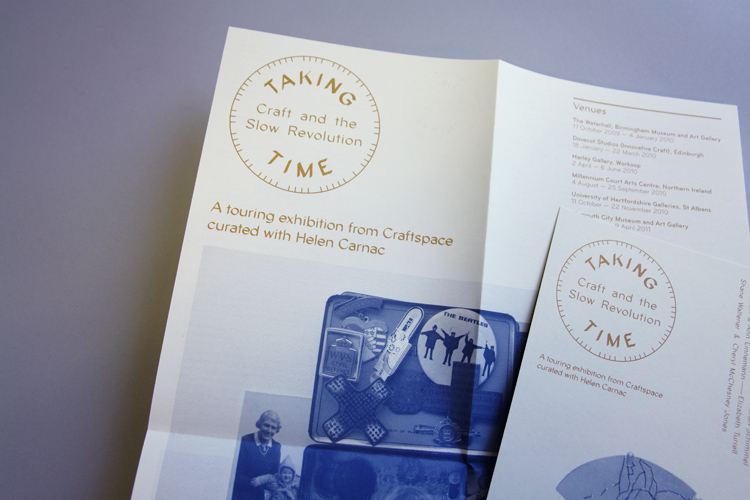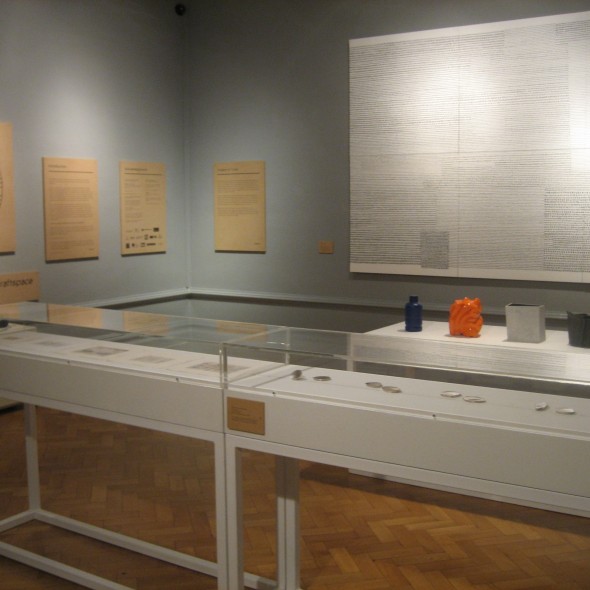City Fabric _ Taking Time. Within our design work it is for us not about where design disciplines are situated or separated but how design disciplines are fabricated and connected to each other. Where products meet urbanism and materials meets infrastructure. Seeing the value of the differences around us. Connecting these into a fabric, working together to create new visuals, use, structures and perceptions.


Understanding this fabric around us is something what can take time, not only in design but also when looking into our own locality. To design new landscapes for better living and quality, we have to stimulate the conversations on the intersections of design and craft to expand the public and personal expectations.
The local surroundings that we root from are changing rapidly, communities change, people live more mobile lives, in some cities whole neighborhoods move in weeks or roads are replaced over night. These changes created a much deeper affection into our local environment, how we value the space around us, how we experience community or use objects. It also makes changes in how people experience the word locality, for one local means the backyard and for the other local means every place they traveled through.
In the last years we had the chance of creating our own locality through working and living in China, one of the quickest changing places. It affected and rewired our connections to what personal or local means.
Seeing new connections and values appear in the environment through governments planting new suburbs, local people building their own streets, repairing life through practical solutions, material resources that decrease or change, all elements that show a deeper view on the values and fabric of our local space.
To look new at our localities or environment we sometimes have to step away from this and view the larger connections of how everything is fabricated to each other. Our projects in China are connected to this. We not only connect to our space through our physical products like our clothes, or our transport but also by looking at the city around us as a fabric, build together, through different times, activities, techniques, creators. Our locality shows a need for new solutions, ideas that can challenge the present way of living. Solutions that work with the changing ways of how cities are build, people fabricate their lives and how people interact.
Slowing down doesn’t mean directly taking everything at a different speed but viewing different with a other perspective and activating new solutions. A other perspective when looking for instance at the city fabric around us. Seeing the XL layers around you connecting to the XS layers and expanding your own ways expectations and actions within this. The elements that connect or border around us, should not make us submit our ideas but explore new ways of how we live with our clothes, tableware, house, communities and landscape.
The City Fabric around us gives us an open invitation, to participate with, to explore the infrastructures outside our safety zones and re-wire the ideas about crafting our locality. Fabricating a different perspective.
Craft and the Slow Revolution by Craftspace and Helen Carnac
“…Taking Time takes as its starting point the issues emerging from the Slow Movement, which developed as a response to our increasingly fast lifestyles and our unsustainable consumer culture…The slow movement is a cultural shift towards slowing down life’s pace. It is not organized and controlled by a singular organization. A principal characteristic of the Slow Movement is that it is propounded, and its momentum maintained, by individuals that constitute the expanding global community of Slow. Although it has existed in some form since the Industrial Revolution its popularity has grown considerably since the rise of Slow Food and Cittaslow in Europe, with Slow initiatives spreading as far as Australia and Japan’ (Wikipedia) Slow is not a new concept..”
